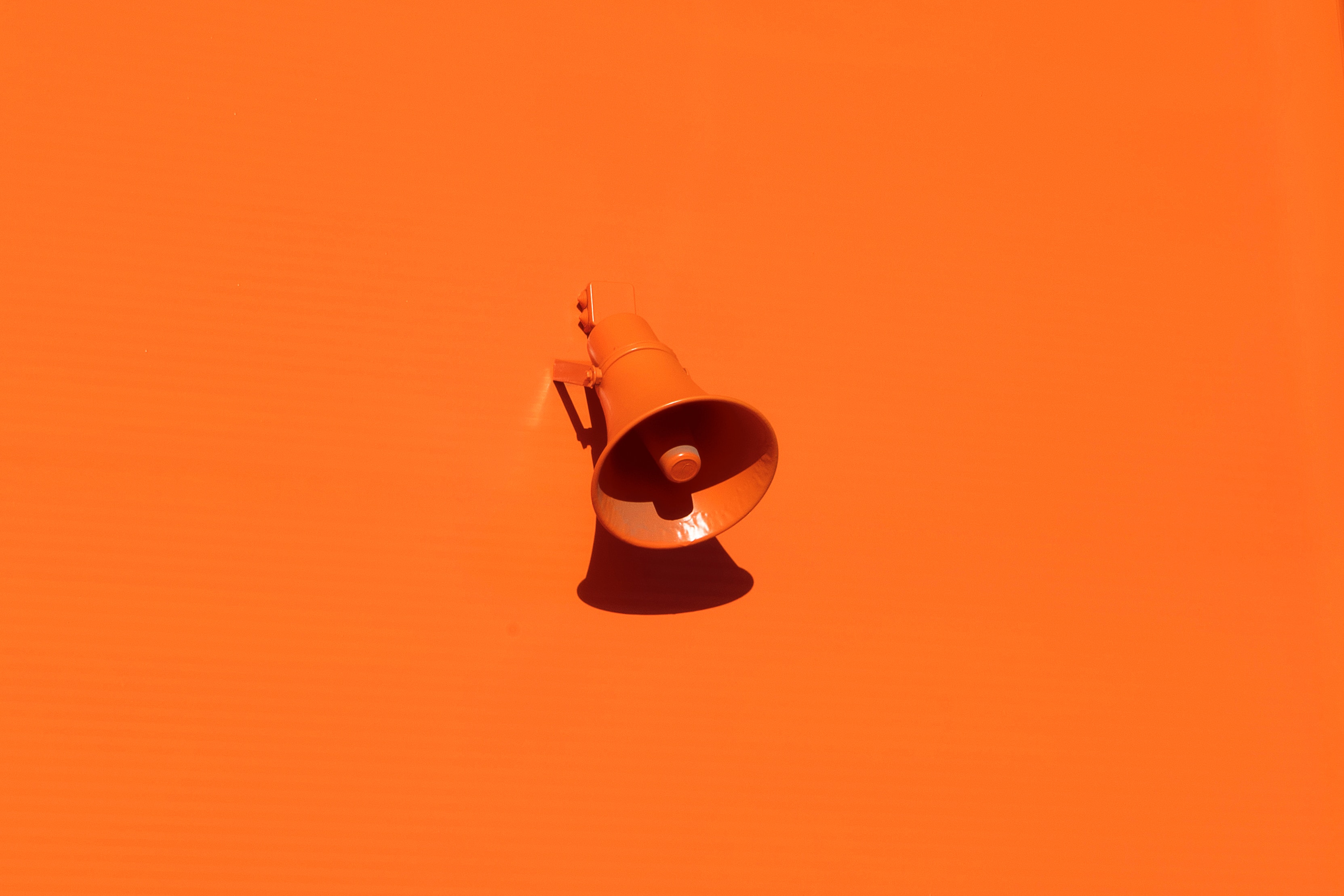It goes without saying that businesses benefit from being online. The internet gives every brand access to more customers, greater international reach and hyper-targeted advertising. But it’s also a dangerous place to be—especially with crimes like cybersquatting and cyberpiracy being so rampant. If you’re not sure what these acts are or how they can impact your brand and customers, keep reading. Below, we define each and suggest what you can do to keep these attacks at bay.
What is Cybersquatting and Cyberpiracy?
For the uninitiated, cybersquatting and cyberpiracy are two different ways malicious individuals can claim or intercept traffic meant for your company’s website.
- Cybersquatting tends to involve buying and sitting (i.e. “squatting”) on a domain that belongs to or closely resembles a brand with which a person has no association. This is typically done with the intent to sell the domain to the registered trademark holder for a profit.
- Cyberpiracy involves buying domains that closely resemble the URL of legitimate sites and milking any “misguided” traffic for commission-based link clicks, eyes-on-page ad revenue or even virus and malware attacks.
What are the impact of cybersquatting and cyberpiracy on brands today, and how can online businesses protect themselves from unscrupulous digital scam artists? Let’s find out.
Cause and Effect

A 2019 study found that 13,000 squatting domains had been registered in December of that year alone. That’s an average of 450 per day. Not only that, but it was estimated that at least 19% of those cybersquatting cases could be linked to malicious intent while another 37% posed some risk to end users (read: audiences and customers) who visit the hijacked domain.
This can cause myriad problems for you, ranging from lost traffic to poached sales. But honestly, that might be the least of your worries. Worse than lost revenue, cybersquatting can also result in online trolling. Digital jokesters, disgruntled customers, ex-employees and even competitors can snag pointed URLs designed to give your brand a headache. This is meant to target you where it hurts the most: your reputation.
Unfortunately, the amount of lost revenue and reputation damage from acts of cybersquatting and cyberpiracy may never truly be known. It can be difficult to determine how many users stop engaging with (and purchasing from!) a brand after being tricked. But in our opinion, even one duped customer is too many.
How to Protect Your Brand Online

Now that’s out of the way, let’s talk about ongoing cybersquatting prevention and online IP vigilance. Your strategy should include both proactive and reactive steps.
Stake Your Claim
First and foremost, claim your domains—including those with misspellings and brand-adjacent keywords. It’s also important to record domain ownership under your brand name (instead of under your CEO or IT leader’s name) so that, in the case of someone leaving the company, there’s no question about who has the rights to what.
You’ll want to own various top-level domains (TLDs) and new generic top-level domains (ngTLDs). Grab your brand’s .com, .org, .uk, .SUCKS, .lol, .help, .shop and others that you think might benefit you in the long run.
Jeremiah Johnston, president of the Internet Commerce Association had this to say on the matter: “You may want to spend that extra $7 a year to register variations of your name. The only reason a third party would go out and register those domain names was if they thought that there was valuable traffic out there. That means if a mistype of your name is valuable to someone else you need to get it first.”
Speak Your Claim
If you see something, say something. Protect your IP vigorously to make sure you have a rock solid history of active brand ownership. This makes it easier to solve disputes later. Take legal action against cybersquatters if you have to through either the Anticybersquatting Consumer Protection Act or the Uniform Dispute Resolution Process. Use these avenues generously and vigorously, but remember: litigation can cost you upward of $5,000 per event so always prioritize preventative measures.
The Takeaway
Keeping all of this in mind, a good cybersquatting and cyberpiracy risk prevention plan should look like this:
- Picking a strong trademark and registering it with the United States Patent and Trademark Office. When possible, do domain research before settling on a brand name.
- Claiming your primary domain and other TLDs/ngTLDs that could be relevant to you.
- Monitoring for cybersquatters and cyberpirates either manually (self-driven research) or using AI-powered tools. Take action if you find anything by claiming the website as illegitimate or IP infringement.
Do you feel prepared to prevent cybersquatting and cyberpiracy against your brand? If your answer isn’t an unequivocal “yes”, then it’s time to do some domain strategy maintenance.
Cybersquatting sucks—but it’s a reality of online business. Learn more about why you need to claim your domains before someone else does.
Photo Credits: Jacob Lund / Shutterstock / mavo / Shutterstock, fizkes / Shutterstock










